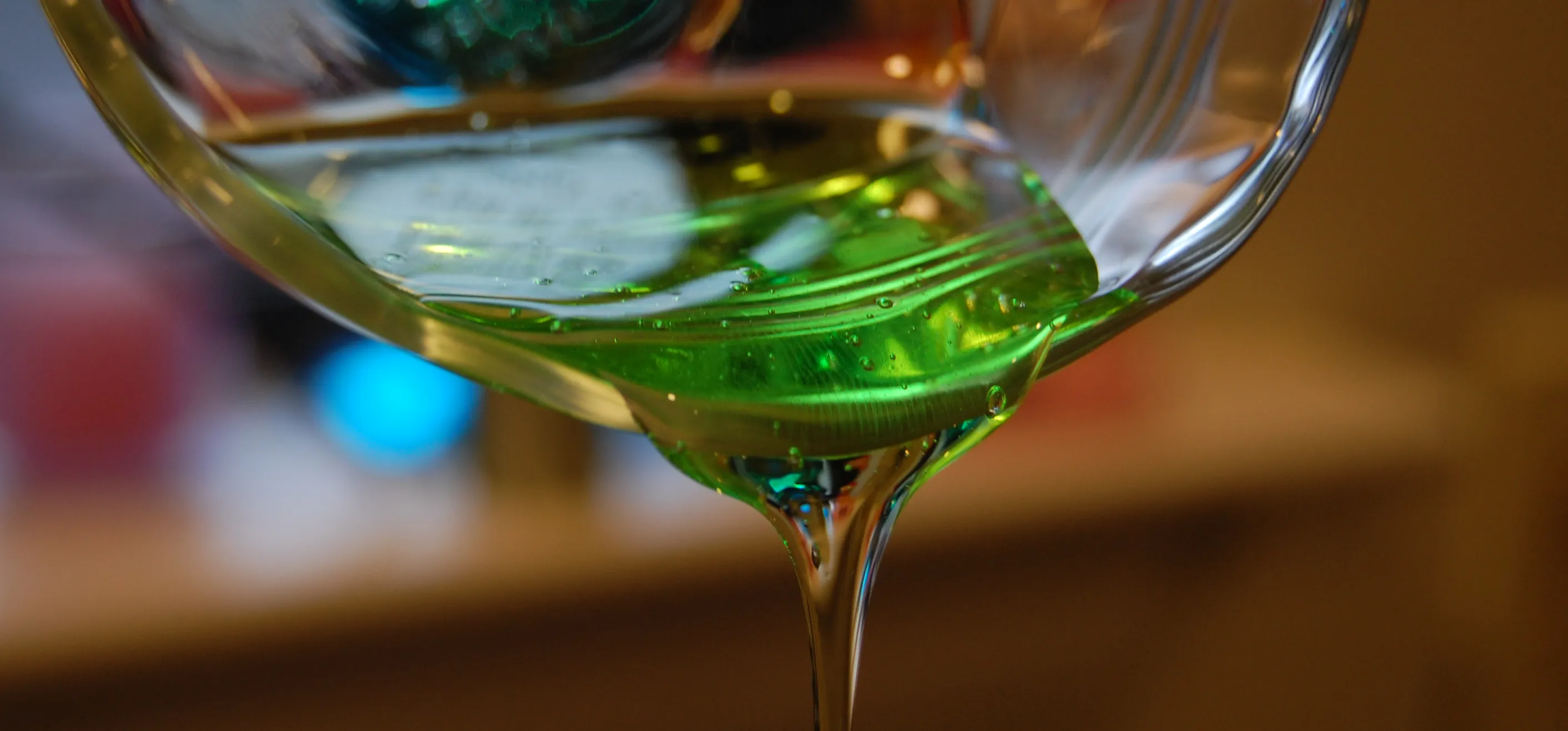When wet sand along the water's edge at the beach is stepped on, it becomes partially dry in a small area surrounding one's foot. The dry patch is evident as the thin reflective film of water at the surface surrounding your foot is no longer there and has instead been drawn into the bulk of the sand beneath your foot.
This drying of the sand underfoot is referred to as the Wet-Sand Effect. The effect results from the dilatancy of the media. Here the volume of the sand increases. Shearing caused beneath each foot step causes the sand to move ever so slightly from a highly compact state
to one where the amount of spacing between adjacent grains of sand has
increased. Water from the surface flows under gravity into the newly created space and leads to the momentarily drying in the sand with each step.
The dilatancy effect of sand under an applied compressive force can be readily reproduced using a sealed plastic bottle filled with water
soaked sand. A small water filled tube with one end buried into the bottle is used to monitor for any water displacement occurring in the sand. On squeezing the bottle hard, one intuitively expects the level
of water in the tube to rise. To the surprise of many, the level of water actually drops and the harder one squeezes, the further the drop. Check out how to create this cool science experiment with this tutorial. The wet sand effect is a great experiment to do at home with the kids.























Comments
Be the first, drop a comment!